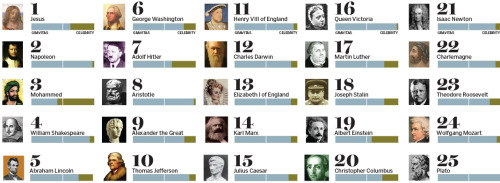Neal-Schuman Publishers, 2d ed. ISBN: 9781555708603. 2013, 342 pages. $85.00 paperback.
Any reader of this Information literacy (IL) book may ask “Do we need yet another book on the best practices in IL?” The answer is not given in the book. Compared to two pages about its content organization, there is no clearly stated objective of this anthology, or a justification for the need of this book, given the fact that there are many competitors today that ‘help the students.’Many librarians struggle to deliver benefits with a focus on: a) users/readers and b) cost effective. On both these fronts, the book in hand is not a good fit. Considering a ROI is necessary for every one, a fact that must be remembered by every author and publisher is that there are already so many titles in this genre, and an increasing number of competitors today that ‘help the students.’ According to a list by informationliteracy.org.uk there are over thirty books (2008 to 2012), and tends to show the near saturation of the genre.More such lists are: INFORMATION LITERACY BOOKS / ALA'sTeaching & Learning Information Literacy Skills: Textbooks / Popular Information Literacy Books - Goodreads
Assessment of the actual task, the most wanted item by IL librarians, will find it only in the case relating to the disciplines of Psychology (Chapter 12), Engineering (Chapter 16). Whereas, other selected disciplines will have inferences and indirect reference to what works.
Futher, comparative librarianship would expect all the selected studies/caes to be from similar settings (or from one level of institutions within an academic sample). Where as the 17 contributors of this anthology tell a different story--4 are in Colleges and 13 in Universities). More details about the contributors herein indicates another story about the levels of specialization. The job title, Instruction (per se), is only in the case of one college and two university level librarians. Others are either aadministrators or faculty status holders.
The strength of the book is in its twenty chapters, with selections-specific discussions from humanities and social sciences. It is divided into four sections, viz., Planning to Teach; Teaching Specific Student Groups; Literacy in Specific Disciplines; and Teaching Special Topics. A weakness of the book is in its random selection of subjects that are tempered by the availability of contributors.
One single instance, may make this book different from the others. The following quote illustrates this highly desired momentum in all our IL theory, practices and the genre. "There is also an increasing recognition that students must move beyond scientific and technical expertise in these fields and develop an understanding of the cultural, social, aesthetic, and political aspects of scientific issues... This shift reflects the necessity of interdisciplinarity that integrates the social sciences and humanities with the sciences, creataing a holistic approach to scientific research" (Elizabeth Berman, Scientific Literacy, p. 217). Does the entire book reflect this intent or motif, anyways??? Nope. All other discussions sail in the same old boat of disciplinary approaches.
There is no explanation of why included are, stray areas, such as, Patent Research (and why not include standards' search, or how to search primary sources, as well) or subject domains, such as, Engineering (presented as a single monolithic domain, a fashion in 19th century), and why there is a namesake ‘discussion’ of science literacy (again as if science is still a single subject of study). Subjects then missing (even from humanities and social sciences) are sociology, social work, political science, public admin, religion, and philosophy. Hence, it is not a book that can be recommended for every type of library. Nevertheless, this book may be of value in the library of major library schools in the US, that have a course on information literacy.
 Available @ Amazon.com
Available @ Amazon.com




 More about (my new home) Google sites and the old home, READ
More about (my new home) Google sites and the old home, READ